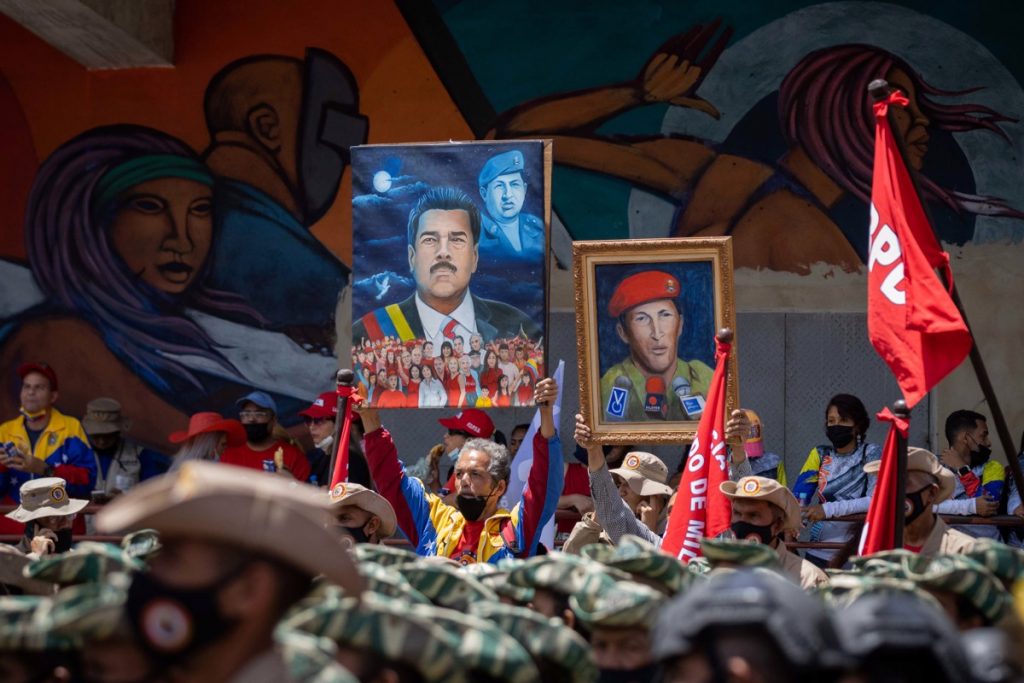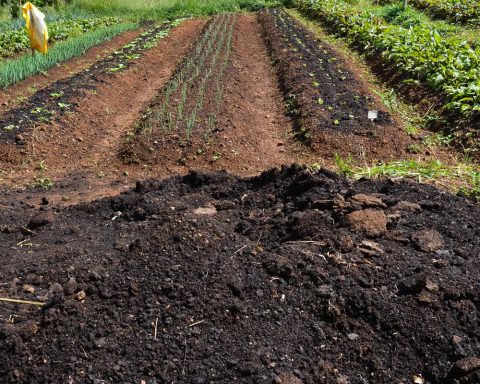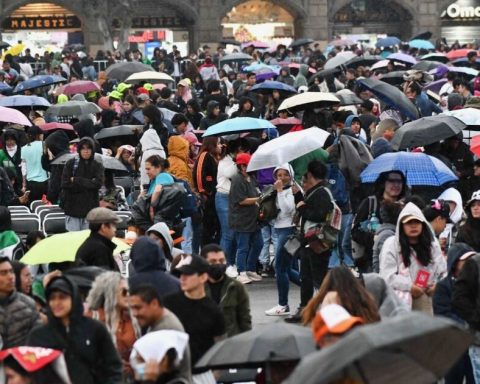In a few days the The Executive Branch will have to decide what to do with fuel rates in May. So far this year there have been three consecutive increases driven by rises in oil on world markets after the start of the war between Russia and Ukraine.
The resolution adopted by the government will take into account the reference of international prices, and Ancap’s economic perspective and its cash projection. Added to this is inflation, another element that has been gaining ground and complicating the authorities’ plans in recent months.
In this opportunity, the government will evaluate the period between March 26 and April 25. An approximation that gives an idea is to see what has happened to the price of conventional gasoline during the first 16 days of the reference window that is open.
The dynamics of international prices is reflected in the prices of the Gulf of Mexico Coast in the US (USGC), which is the main input of the Import Parity Price (PPI) report that the Regulatory Unit for Energy and Energy Services Water (Ursea) brews every month.
The latest data published by the US Energy Information Administration (EIA) updated as of April 11, indicate that prices for ehe similar to Uruguayan naphtha maintained a certain stability and for the time being slowed down their marked upward pace.
The average value per liter was US$ 0.814, slightly below the US$ 0.838 that was the average of the immediately previous month. For Super 95 gasoline, the most consumed in the country, Ursea takes the average international price of two types of gasoline: CBOB Regular 87 and CBOB Premium 93.
Besides, diesel has the price of Ultra Low Sulfur Diesel (ULSD 62) as a reference. The average price per liter was US$0.958 in the first reference weeks, slightly above the previous US$0.953.
Meanwhile, during April the average price of Brent oil stood at US$107 per barrel, and in March it was US$117.5, with a negative variation of 9%. Oil rose to $113 yesterday, after supply disruptions in Libya raised concerns about global supply shortages.
There is a pending rate lag
Today the local price of fuels is below the import parity, $4 in the case of gasoline and $8 in diesel oil, difference that Ancap covers resigning income. Thus, even if international prices ended up stable at the end of the period and provided some breathing room, an adjustment could be chosen to correct the gap, since the rates are cheaper with respect to that reference.
But until now, the rate policy has shown that the government has been flexible in applying the rule and never strictly applied what it said. For example, in the first months of 2022, it chose to mitigate increases or freeze prices using Ancap profits.
In this case, if the reference indicates stability, it could give more weight to the inflation factor over the Ancap accounts, and postpone an update, for example. We will have to wait a few more days to see what the final numbers say and what path the government is taking.
Inflation accelerated again in March and stood at 9.38% in the accumulated figure for the last 12 months, from a previous 8.85% in February. And the expectations of the agents also remain misaligned with the official projections.
In April, naphtha and diesel oil once again posted a rise lower than that indicated by import costs. The price of Super 95 gasoline rose $3 per liter at the pump, while regular diesel increased $5 per liter. The PPI report showed that the price of gasoline should have had a variation of $7.54 per liter, and diesel of $15.22 per liter.
Weeks ago, the CPA Ferrere economist, Gabriel Oddone, wrote that in the current scenario, “if the government decides to comply with the rule it defined to set fuel prices, the probability that the planned disinflation is feasible is lower.”
“On the contrary, if the authorities prioritize the fulfillment of their inflationary commitments, they will have to continue making adjustments to the rates in a discretionary manner, delaying the increases. This means postponing increases, which will also affect the fiscal result in the short term,” Oddone stated in his blog.

















